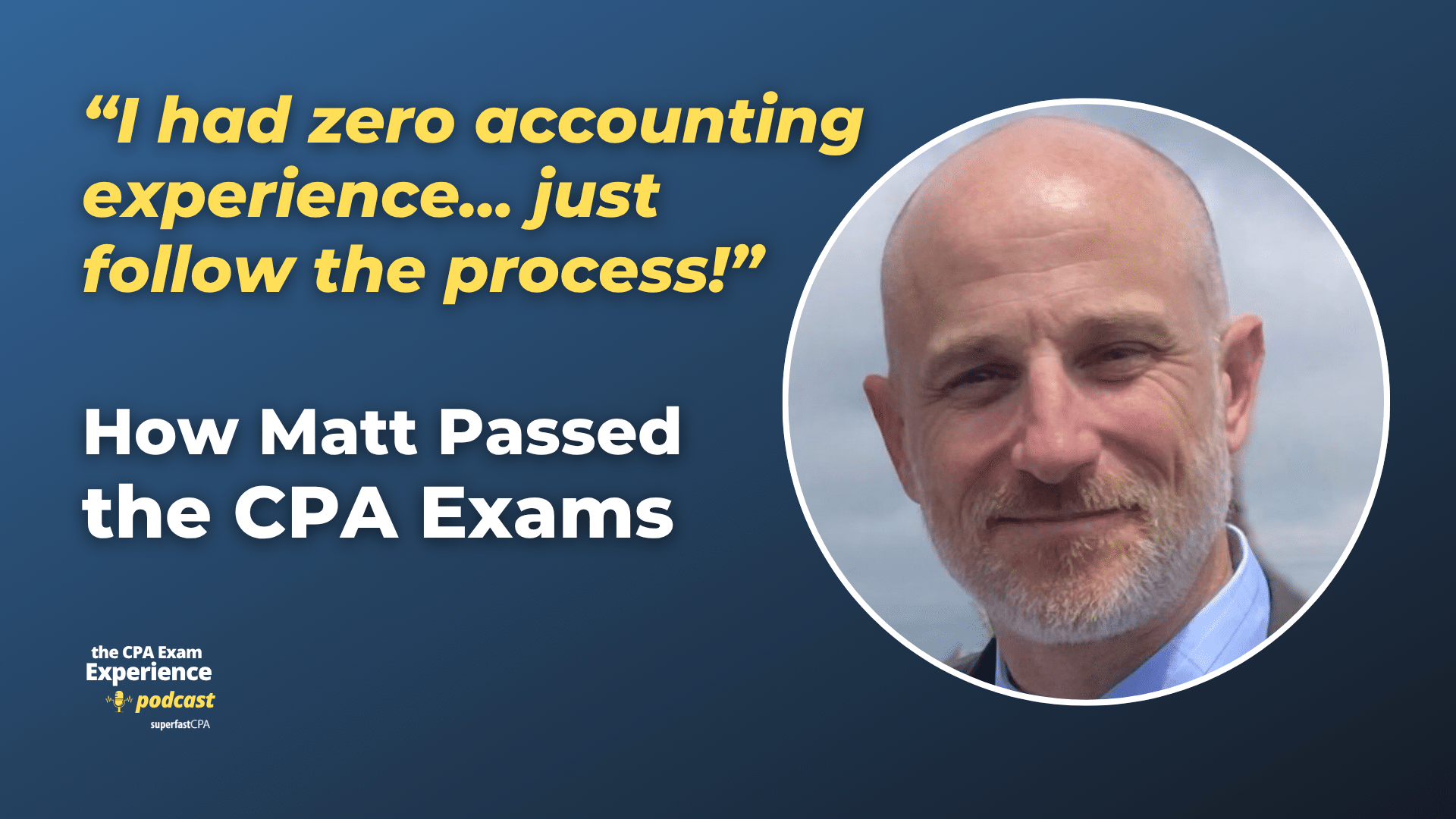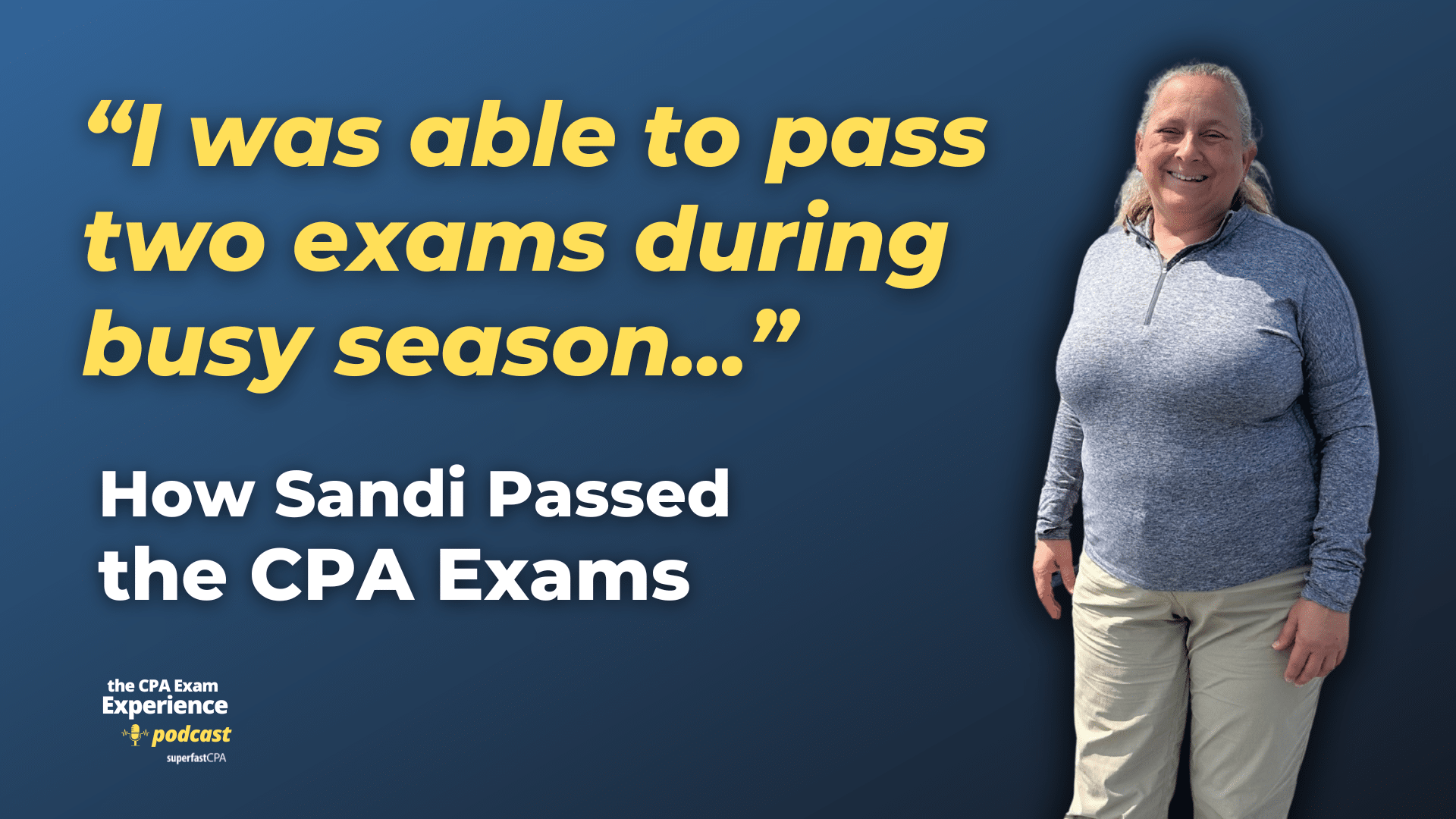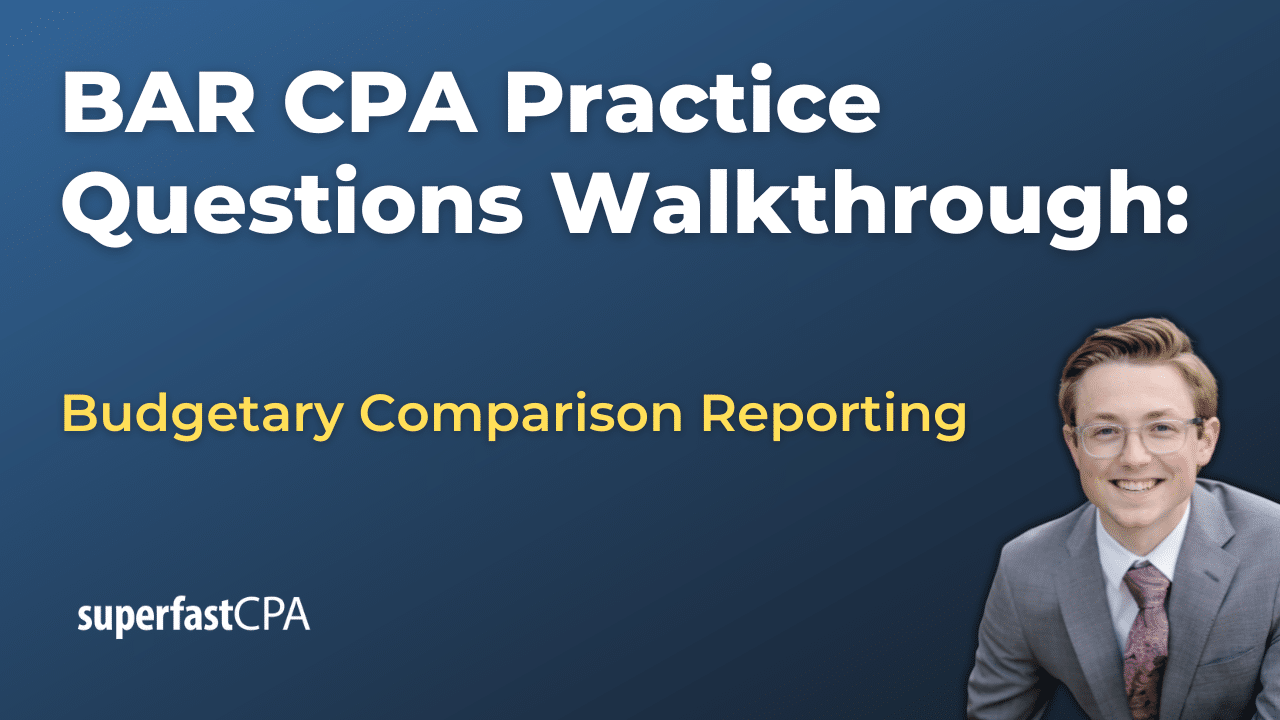In this video, we walk through 5 BAR practice questions teaching about share-based payment arrangements classified as equity. These questions are from BAR content area 2 on the AICPA CPA exam blueprints: Technical Accounting and Reporting
The best way to use this video is to pause each time we get to a new question in the video, and then make your own attempt at the question before watching us go through it.
Also be sure to watch one of our free webinars on the 6 “key ingredients” to an extremely effective & efficient CPA study process here…
Share-Based Payment Arrangements Classified as Equity
One of the commonly tested concepts on the CPA Exam within the BAR section involves how to account for share-based payments—particularly those classified as equity. These arrangements reflect how companies compensate employees, preserve cash, and align incentives with long-term performance.
This post outlines the key accounting rules, examples, and journal entries for share-based equity awards, including stock options and profits interest awards.
Total Compensation Expense Is Based on Grant-Date Fair Value
When a company grants stock options to employees, the total compensation cost is measured based on the fair value of the options on the grant date. Neither the eventual market value nor the exercise price affects this initial measurement.
Example:
A company grants 10,000 stock options with a grant-date fair value of $5 per option.
Total compensation expense = 10,000 × $5 = $50,000.
This is the total amount that will be recognized over the vesting period.
Compensation Expense Is Recognized Evenly Over the Vesting Period
Unless otherwise specified (such as through graded vesting or expected forfeitures), compensation expense is recognized on a straight-line basis over the service or vesting period.
Example:
From the above scenario, if the 10,000 options vest over four years:
Annual compensation expense = $50,000 ÷ 4 = $12,500.
Journal entry each year:
Dr. Compensation Expense $12,500
Cr. Additional Paid-In Capital – Stock Options $12,500
Granting and Vesting Has No Net Effect on Total Equity
Although recording compensation expense reduces retained earnings, the offsetting credit to APIC – Stock Options increases equity by the same amount. Therefore, the net effect on total stockholders’ equity is zero during the vesting period.
Equity changes:
- Retained Earnings decreases
- APIC – Stock Options increases
- Total Stockholders’ Equity remains unchanged
When Options Are Exercised, Stockholders’ Equity Increases
At the point of exercise, the company receives cash and reclassifies the balance in APIC – Stock Options into permanent equity accounts. This leads to a net increase in stockholders’ equity.
Example:
An employee exercises 10,000 options with a $10 strike price.
- Cash received = 10,000 × $10 = $100,000
- APIC – Stock Options balance = $50,000
- Par value of common stock = $1 per share
Journal entry:
Dr. Cash $100,000
Dr. APIC – Stock Options $50,000
Cr. Common Stock $10,000
Cr. APIC – Common Stock $140,000
Net increase in equity:
- $100,000 from cash
- $50,000 reclassified from APIC – Stock Options
= $150,000 total increase
Profits Interest Awards Function Similarly for Partnerships
In partnerships and LLCs, employees or service providers may be granted profits interest awards rather than stock options. These provide the right to share in future profits and appreciation, but not current capital.
If the fair value of the award is measurable and the award vests over time, the compensation expense is recognized ratably over the vesting period, similar to equity-classified share-based payments.
Example:
A partnership grants a 3% profits interest on January 1, Year 1, with a fair value of $60,000 and a 4-year vesting period.
Annual compensation expense = $60,000 ÷ 4 = $15,000
Journal entry each year:
Dr. Compensation Expense $15,000
Cr. Members’ Capital $15,000
This entry reduces earnings and increases capital accounts, with no net change to total equity during vesting.
Pillar Takeaways
- Total compensation cost is based on the number of options multiplied by the fair value per option on the grant date.
- The expense is typically recognized evenly over the vesting period unless otherwise specified.
- Recording compensation expense does not affect total equity due to equal increases in APIC.
- Exercising options increases equity by the cash received plus the reclassification of prior APIC – Stock Options.
- Profits interest awards in partnerships follow similar accounting treatment if fair value is measurable and the award vests.









